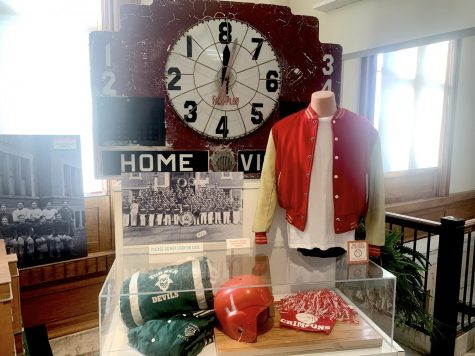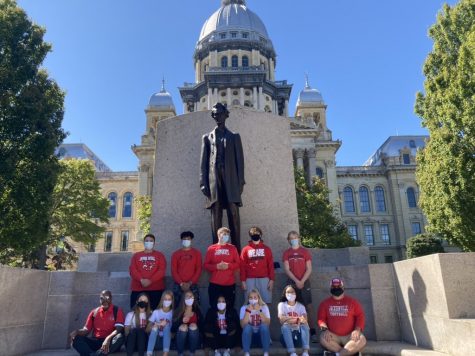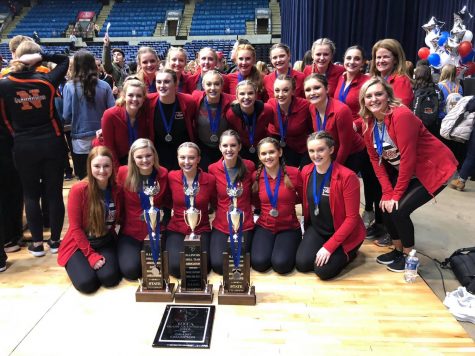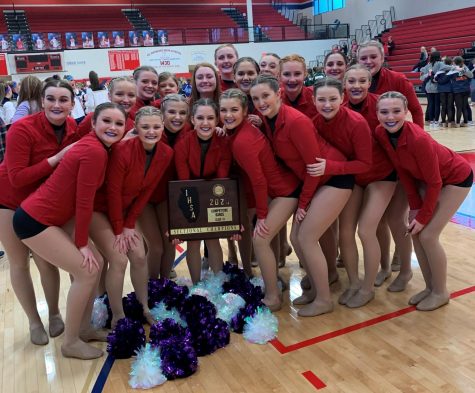The Jungle Book: A new type of remake
April 29, 2016
It is time to face the facts: Disney has been remaking movie after movie, and not all of them are up to par. This time, however, the revisiting of the 1967 classic The Jungle Book has caused quite a stir and in a good way too. From keeping to the plot but adding an extra dimension to the wonderful effects of CGI, it is apparent that Disney wanted to try something different, and their experiment paid off.
While the plot and setting stayed the same, the story was elaborated and polished, creating a theater-worthy masterpiece. The first scene is fast and intense, perfect for the big screen, and it showed early on the changes the director, Jon Favreau, implemented. The story is still the lovable classic: young Mowgli (Neel Sethi) was raised in the jungle by a pack of wolves and his trusty friend Bagheera (voiced by Ben Kingsley). Trouble strikes when the dominant animal of the jungle, the tiger Shere Khan (voiced by Idris Elba), demands that Mowgli be killed before he can reach adulthood. A boy is a boy, but he will eventually turn into a man, and man has no part in the jungle. Thus, Bagheera plans to take Mowgli to the one place he will be safe, the human village. On the way Mowgli runs into other jungle dwellers such as Kaa the snake (voiced by Scarlett Johansson), Baloo the bear (voiced by Bill Murray), and King Louie (voiced by Christopher Walken). Learning valuable skills along the way, Mowgli eventually faces off with the dreaded Shere Khan, earning his place in the jungle.
Two major differences from the old movie to the new are the gender change for Kaa and the dark twist on King Louie. Originally, Kaa was a male character and one of Shere Khan’s lackeys, but Kaa was instead turned into a minor female character with nothing to do with the evil tiger. While her scene is short, Kaa reveals to Mowgli where he came from and why he lives in the jungle. Another difference is the attitude change in King Louie. The monkey king was more of a light hearted character in the cartoon; whereas, now he is a darker entity who harbors jealousy towards humans for their ability to create the “red flower,” fire.
The mood of the movie is definitely more dramatic, and it even subtly tackles environmental issues. Shere Khan, while hating humans because of their hunting, also resents them because of the destruction they are capable of, especially when they use fire. This is a hint at the degradation of the environment today with global warming, pollution, and endangered species. And while the first thought would be that if humans are the flaw, nature would be the perfection; this is not the case. Each animal in The Jungle Book has his or her own personality, virtues and vices alike. Instead of advocating the pristine condition of nature without humans, the movie advocates both sides of each story: human ingenuity and human foolishness v. nature’s beauty and nature’s brutality.
Outright, the most astonishing part of The Jungle Book is the animation. The environment was flawless and each animal was beautifully rendered. The lighting and atmosphere are able to transport people into the jungle and back in less than two hours, all while leaving the impression of astonishment. It is incredible to compare the two movies, the original from 1967 and this version from 2016, and see how far animation and graphics have come. In one scene, Bagheera has the sun shine down on top of him and one would swear that the animal on screen was real, not just computer generated.
The Jungle Book is an old classic, and Disney did a wonderful retelling utilizing new technologies and themes. The mood is much more complex than the original children’s story, but the movie can now appeal to a larger range of people. Although the plot was the same, elaborating on the characters and theme was a good decision to maximize the meaning in the film.






